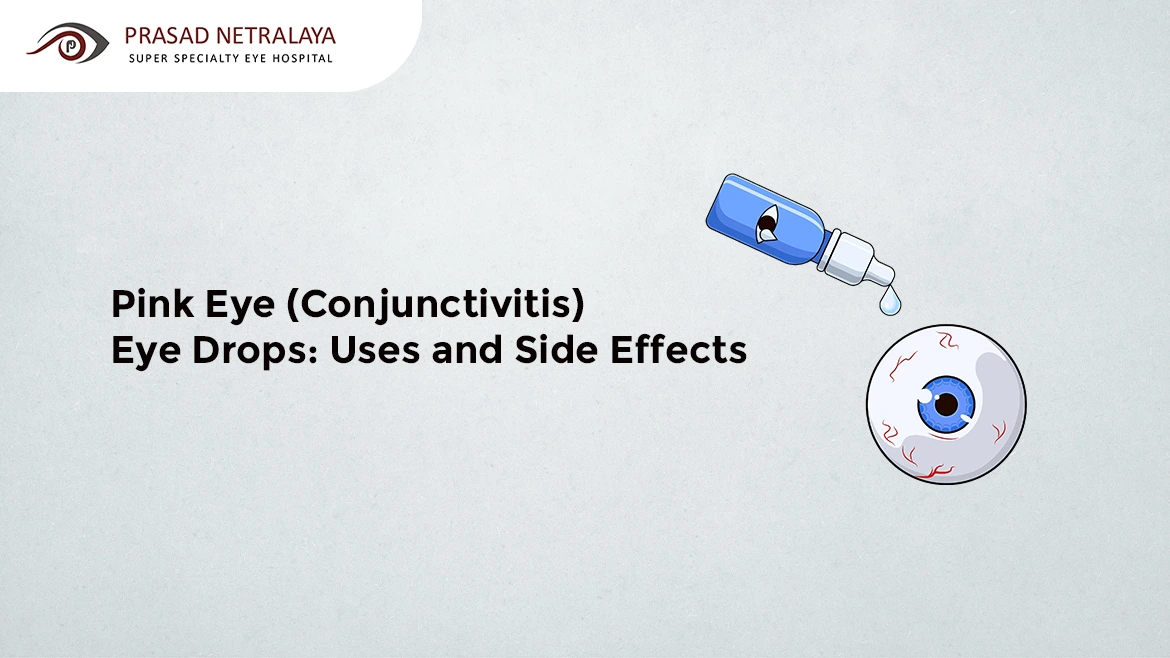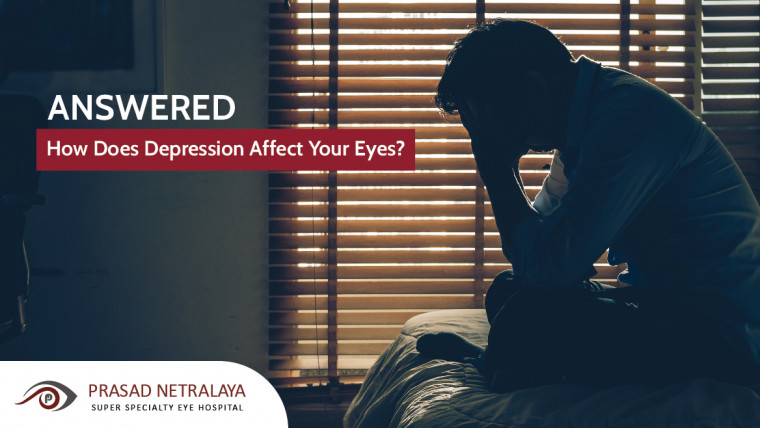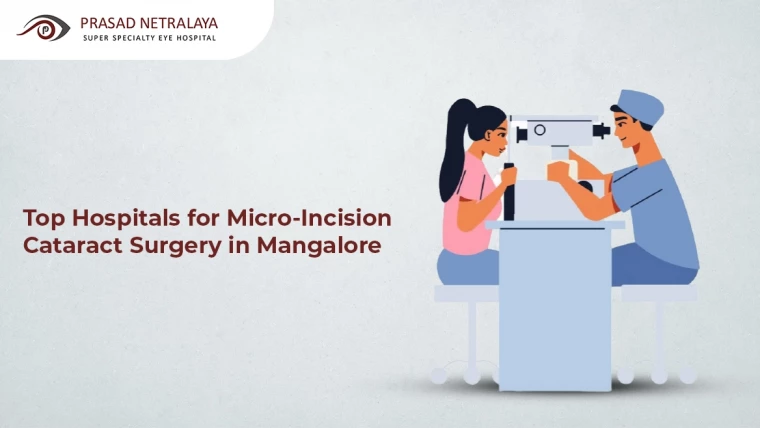Little do you know, those casual shake hands with colleagues or friends, exchange pleasantries, can be a gateway for bacteria and viruses to travel from person to person. Rubbing your eyes with those same hands can easily transfer bacteria or viruses, leading to an unpleasant infection like conjunctivitis, commonly known as “pink eye.”
Conjunctivitis, whether bacterial or viral, can be a real bother. It’s more than just a red, itchy annoyance; it’s highly contagious and can spread easily. But don’t worry because Conjunctivitis eye drops are designed to soothe your symptoms quickly and effectively, helping you get back to your normal routine.
In this blog, we will learn all about pink eye (Conjunctivitis) eye drops, their uses, potential side effects, and essential tips on how to use the drops correctly. Let’s get you informed so you can keep your eyes healthy and clear!
Table of Contents
What Are Conjunctivitis Eye Drops?
Conjunctivitis eye drops are special medications used to treat conjunctivitis (Pink Eye). They contain ingredients that help reduce symptoms like redness and itching. You can get these eye drops either over-the-counter or through a prescription from your doctor, depending on how severe the infection is.
What are the Uses of Conjunctivitis Eye Drops?
Pink Eye (Conjunctivitis) eye drops are designed to ease the discomfort caused by pink eye. Here’s how they can help:
1. Soothing Irritation and Redness
These drops reduce irritation and redness, helping soothe the affected eye.
2. Targeting and Treating Bacterial Conjunctivitis
When it comes to bacterial infections, eye drops with antibiotics target and eliminate the bacteria causing the infection.
3. Managing Viral Conjunctivitis
Although there’s no complete cure for viral conjunctivitis, antiviral eye drops can be used to reduce symptoms and prevent further complications.
4. Reducing Allergic Conjunctivitis
For eyes irritated by allergens, antihistamine eye drops can block histamine (i.e., A chemical produced by white blood cells) and reduce inflammation.
5. Providing Moisture
Some eye drops offer lubrication to keep your eyes moisturized and comfortable throughout the day.
Also read: What Is Commonly Misdiagnosed as Pink Eye?
What are the Side Effects of Pink Eye (Conjunctivitis) Eye Drops?
While the expert recommended Conjunctivitis eye drops are usually safe and come with no complications, it is still essential for you know the possible side effects associated with it:
1. Slight Burning Sensation
A temporary stinging or burning sensation might occur but usually goes away quickly.
2. Potential Allergic Reactions
Some people might have allergic reactions, such as itching, redness, or swelling. If this happens, stop using the drops and consult a doctor immediately.
3. Short-Term Blurred Vision
Temporary blurred vision can occur but should clear up in a few minutes. It’s recommended for you to avoid tasks requiring clear vision immediately after use.
4. Increased Dryness in the Eye
Excessive use can lead to dry eyes. If this happens, speak with your eye care professional for advice on any alternative eye drops.
Related blog: Top 8 eye care mistakes during the rainy season causing conjunctivitis
A Simple Guide on How to Apply Eye Drops:
Everybody knows to apply eye drops, but not many know how to correctly apply it. Knowing this is essential for effective treatment and cure.
Here’s a simple step-by-step guide that you can follow before applying pink eye (conjunctivitis) eye drops :
1. Wash Your Hands: Start by washing your hands thoroughly with soap and warm water.
2. Remove Contact Lenses: Take out any contact lenses unless your doctor has advised you not to.
3. Prepare the Drops: Shake the eye drop bottle thoroughly and remove the cap, making sure not to touch the tip of the dropper.
4. Position Your Head: Tilt your head back slightly and look upwards.
5. Create a Pocket: Gently pull down your lower eyelid with one finger to create a small pocket.
6. Apply the Drops: Position the dropper over the eyelid pocket without letting it make contact with your eye. Gently squeeze the bottle to dispense the recommended number of drops.
7. Absorb the Drops: Close your eye and lightly press your finger into the corner of your eye, near the nose, for a few minutes to help the drops be absorbed.
8. Clean Up: Before opening your eye, use a clean tissue or cloth to wipe away any excess drops or tears.
9. Allow Time Between Drops: If you’re using multiple types of eye drops, wait 3-5 minutes between applications to ensure each type works effectively.
10. Wash Hands Again: After applying the drops, wash your hands once more.
By following these steps, you’ll be able to apply the eye drops correctly, helping your eyes heal properly and more quickly.
You might also want to read: How Eye Flu Spreads: Causes, Symptoms, and Prevention
Put your vision in the hands of the professionals at Prasad Netralaya!
Just know that with the right care and proper use, conjunctivitis medications can help you overcome pink eye, restoring comfort and clarity to your vision. Prioritizing eye health is crucial, and it’s always best to follow your healthcare provider’s advice before severe discomfort occurs.
At Prasad Netralaya Hospital, we’ve been committed to delivering exceptional eye care since 2002. With more than two decades in the industry, our specialists understand how essential clear vision is and always make sure to take a thorough, patient-centered approach to treat conditions like conjunctivitis.
Whether it’s conjunctivitis or any other major eye concern, our experts are here to ensure you receive the best possible treatment!
Schedule an appointment today at Prasad Netralaya to experience top-notch eye care solutions!
Frequently Asked Questions (FAQs)
Are there different types of conjunctivitis eye drops?
Yes, there are different types, including antibiotic, antiviral, antihistamine, and lubricating drops, depending on the cause of the conjunctivitis.
Can I use conjunctivitis eye drops without a prescription?
Some drops are available over-the-counter, but others require a prescription depending on the type and severity of the infection. It’s highly recommended to consult your eye doctor before making this choice.
Is it bad to use normal eye drops with pink eye?
Over-the-counter artificial tears can help, but avoid redness-reducing drops as they may worsen symptoms.
How often should I use eye drops for conjunctivitis?
Follow your doctor’s instructions, but they are usually used multiple times daily based on the condition’s severity.
What should I do if I get a severe reaction from using the eye drops?
Stop using the drops immediately and seek immediate medical attention if you experience severe side effects or allergic reactions.
Dr. Vikram Jain, M.S. had his medical training (MBBS) from Kasturba Medical College, Mangalore, India. He did his master’s in Ophthalmic surgery from Kasturba Medical College, Manipal. He currently manages the Glaucoma department of Prasad Netralaya hospital.



